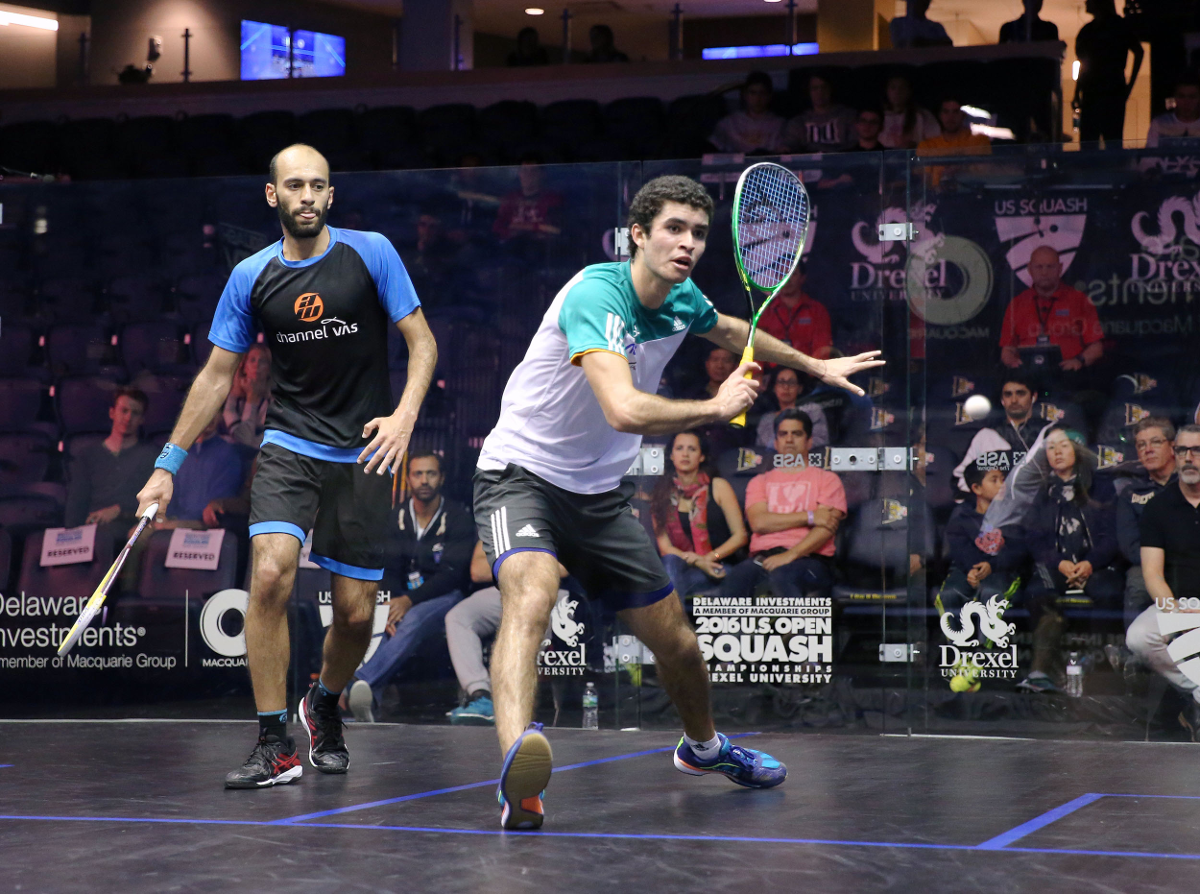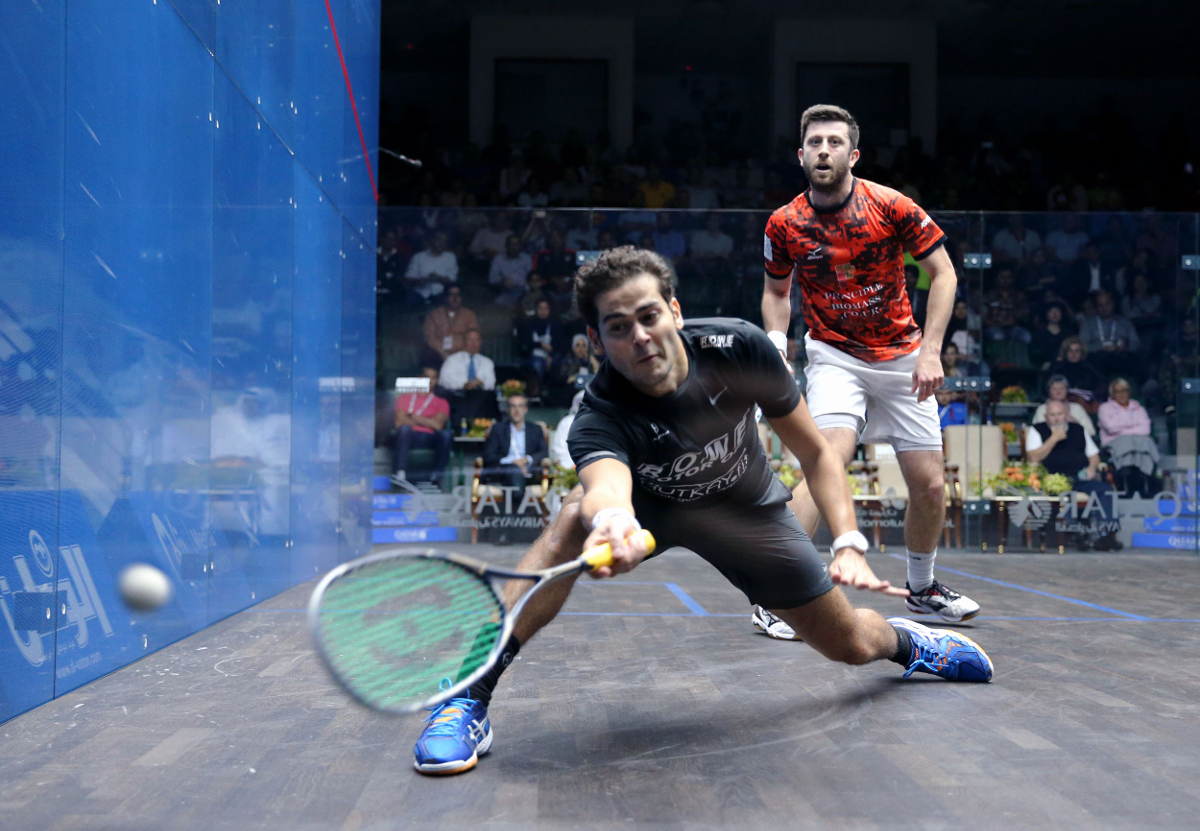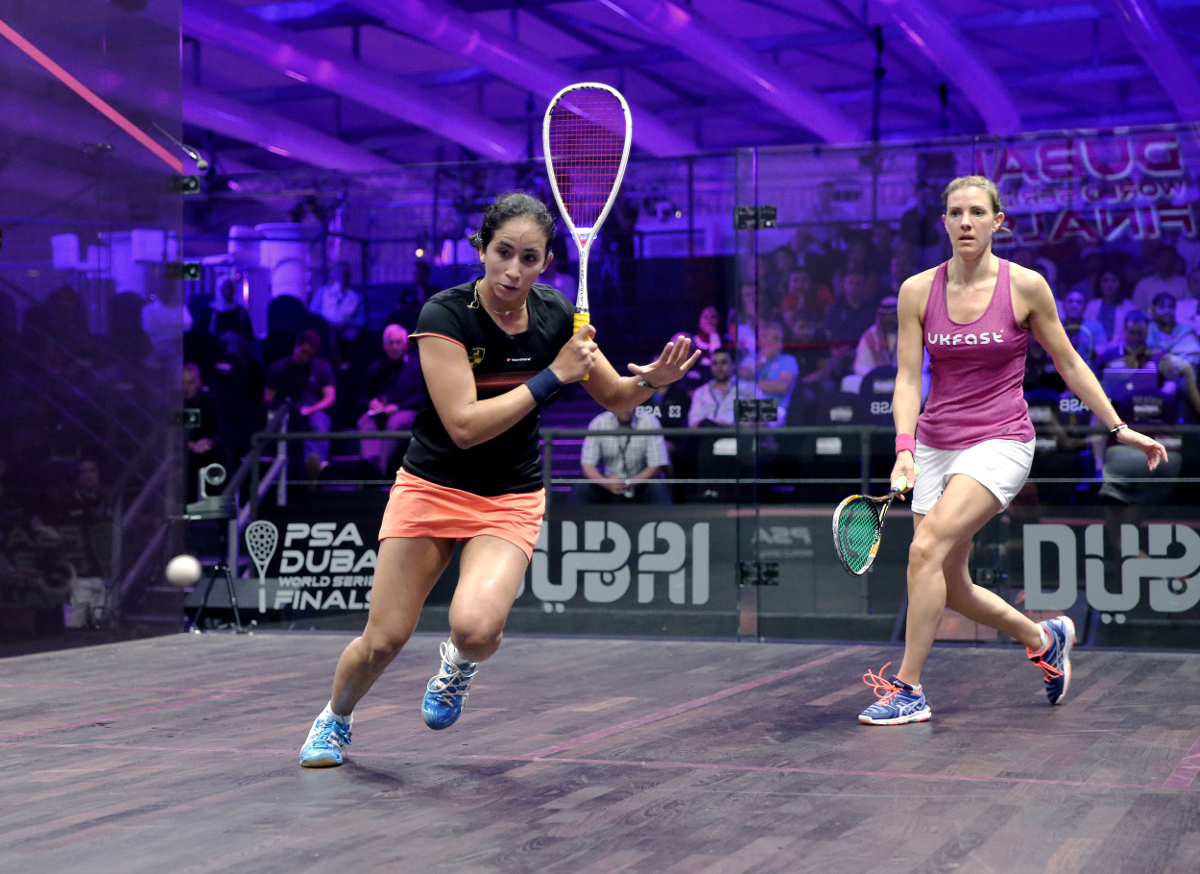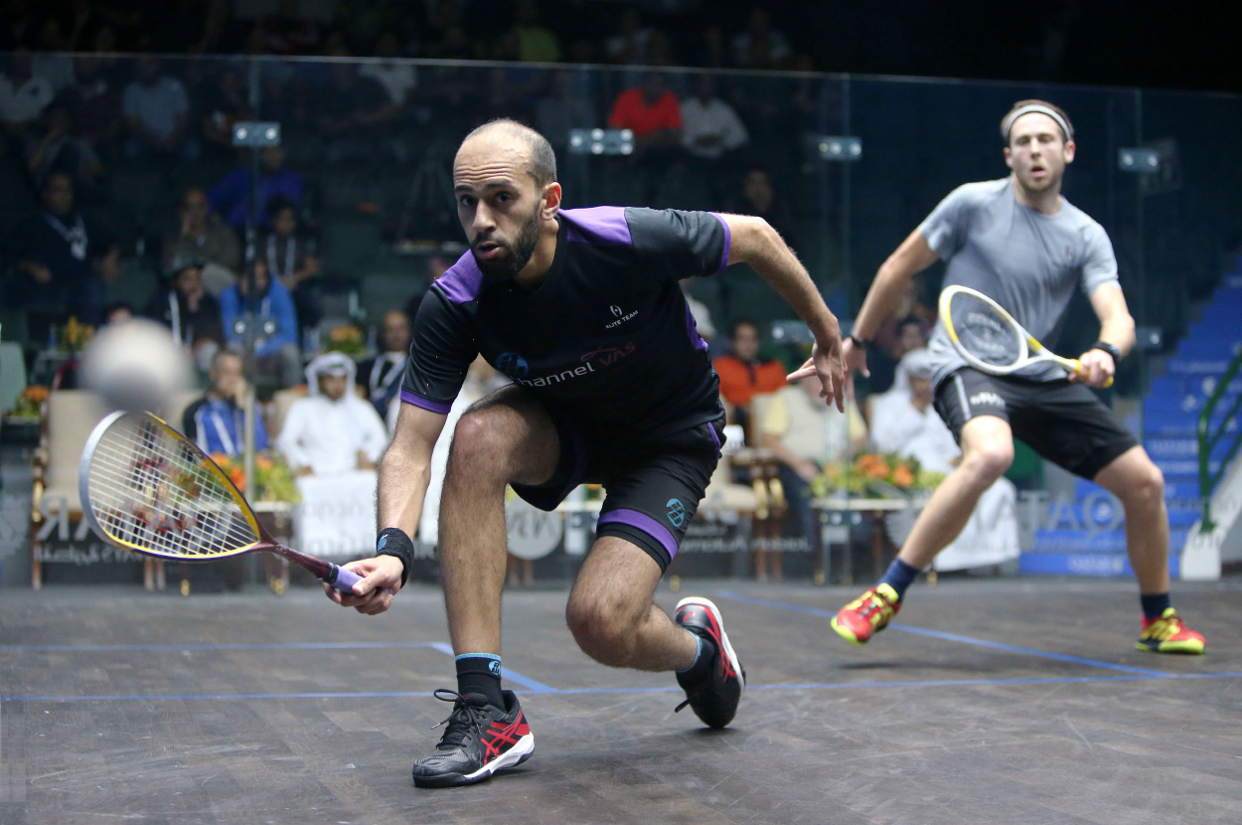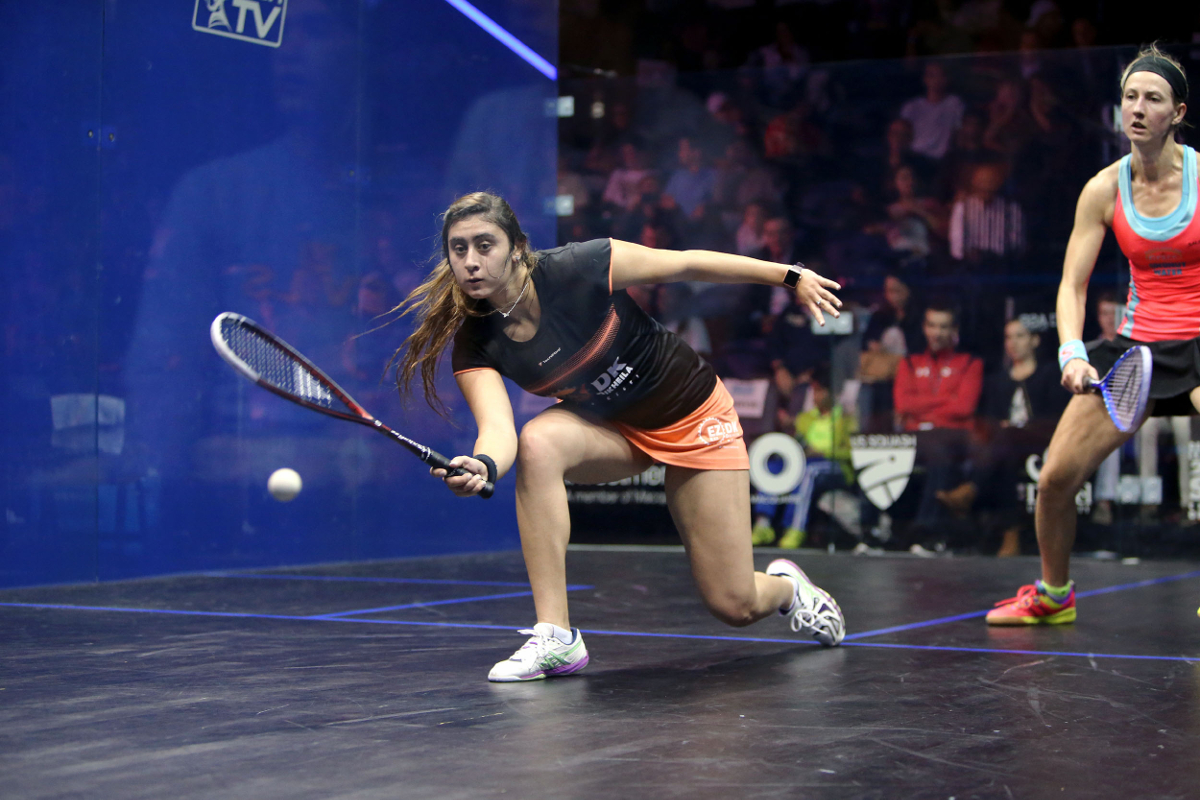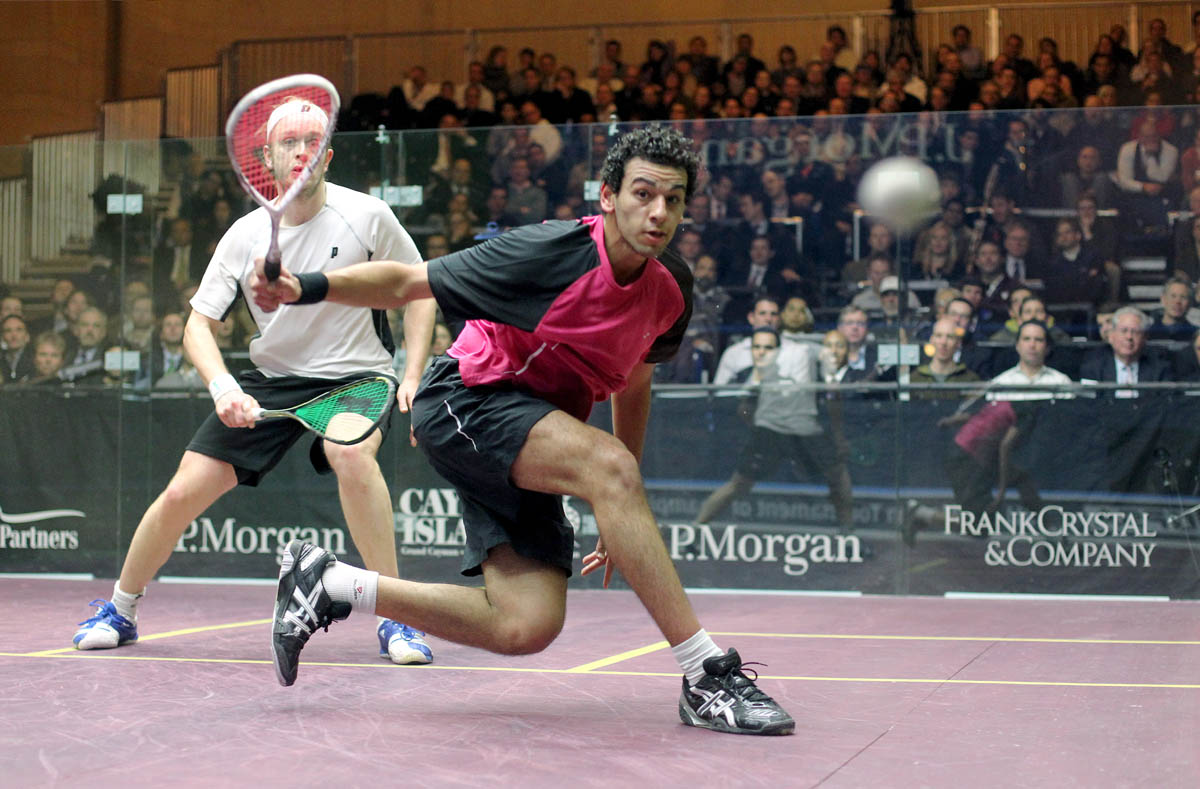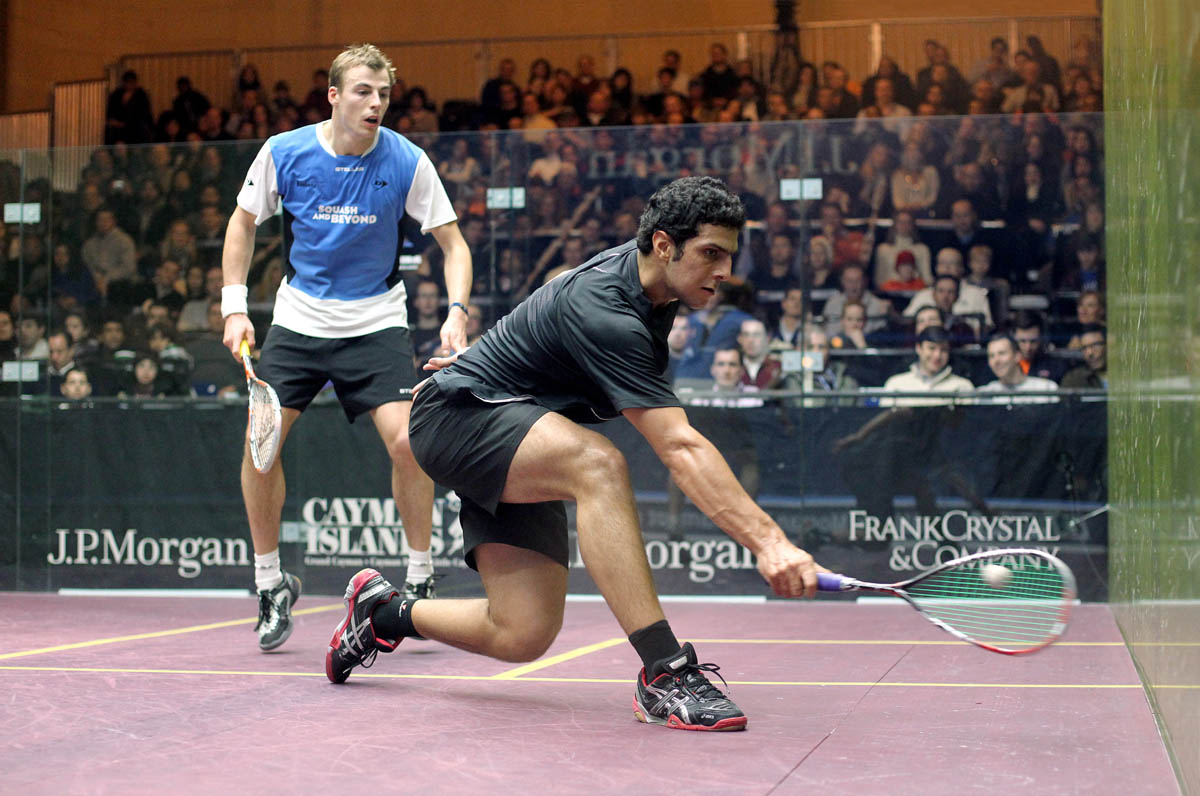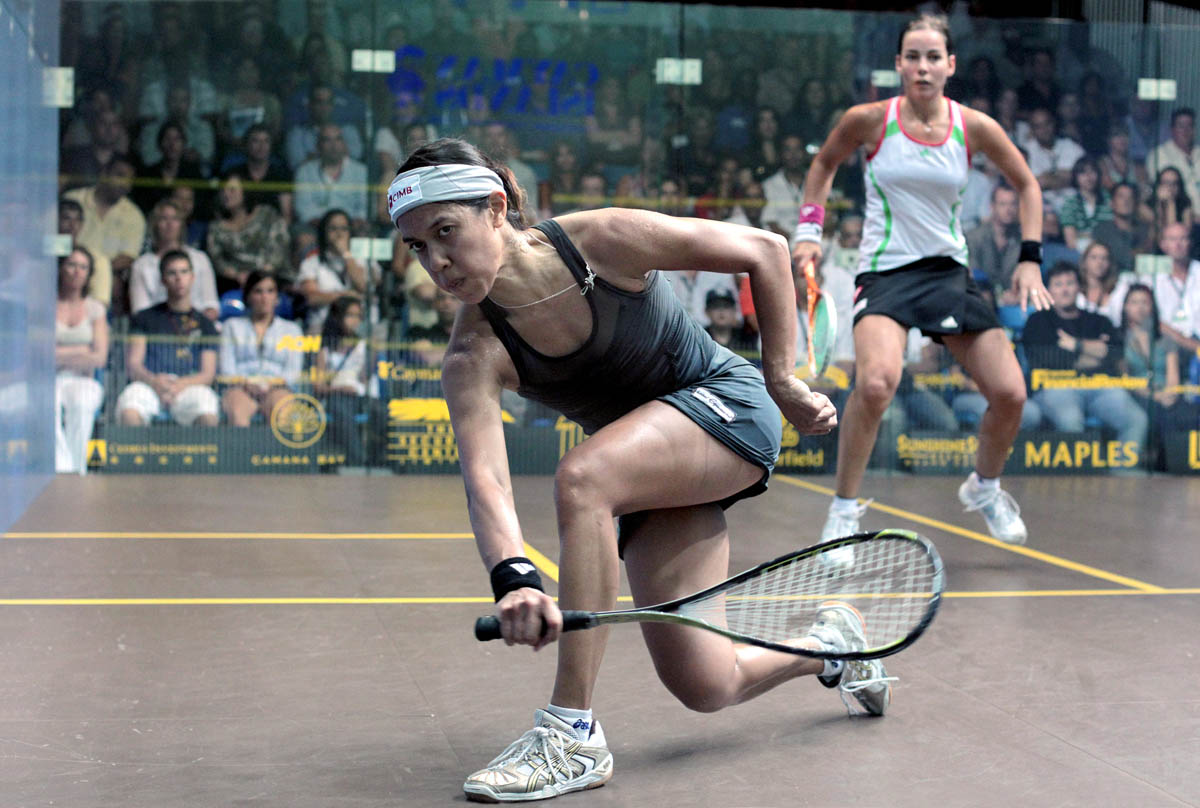Implementation in the D1, D2, D3, D4, A1 and A2-B Zones.
Before introducing the player to the process of implementing My Strategy the coach needs to use the teaching technique of Role Playing ( In particular role reversal) and the technique Visualisation.
Role Playing
Use role playing when teaching strategy and in particular the technique of Role Reversal. That is, advocate not telling the player what to do but ask questions of the player which leads to a discovery or reinforces the player’s current understanding. For example, role play particular match play scenarios using Role Reversal where the player provides the answer. Result…..the player understands the particular tactic and is motivated at training and during games to persevere with the tactic.
For example use role reversal when teaching the player where to attack when the player is in the A1 Zone. The player must be balanced.
Ask the player ..... "what shot do you not want your opponent to play"?
Eventually the player will respond.... "The drop".
The opponent is positioned behind
It is obvious that Farag should have played a straight drop
The opponent is positioned in front
It is obvious that Momen should have played a straight drive
For example use role reversal when teaching the player where to defend when the player is in either the D1 or D2 Zone. The player must be blind to the opponent.
Ask the player ..... "where do you want to be by the time the opponent is about to hit the ball"?
Eventually the player will respond.... "on The T".
The videos below do focus on the correct T positioning. However, the player does not attain the correct position.
For example use role reversal when teaching the player where to defend when the player is in either the D3 or D4 Zone. The player must be blind to the opponent.
Ask the player ..... "where do you want to be by the time the opponent is about to hit the ball"?
Eventually the player will respond.... "on The T".
Implementation of the process My Strategy.
When learning the use of Visualisation is essential.
When the player is blind to the zone the player visualises the zone. When the player is blind to the opponent the player visualises where the opponent is.
The player must before hitting the ball:
Identify what zone the player is in.
Identify whether the player can see the opponent (blind or not blind). Furthermore, if the player (in Defensive Zones) is blind to the opponent, the player assumes the opponent is in The T Area.
Identify whether the player is balanced (if in the A1, A2-B, and also in the D3 and D4 zones when playing the drop).
These components must be identified sequentially before selecting what shot to play.
This is referred to as conscious squash (think).
The videos below do not focus on the correct T positioning.
"I am in the D1 zone (or D2 zone), I am blind to my opponent, I will hit the ball high and slow".
The player when blind to the opponent assumes that the opponent is on The T.
"I am in the D3 zone (or D4 zone), I am blind to my opponent, I will hit the ball high and slow".
"I am in the D3 zone (or D4 zone), I am blind to my opponent, and I feel balanced, I will play a straight drop".
The player when blind to the opponent assumes that the opponent is on The T. Also, the player should only use the straight drop intermittently.
"I can see my opponent off balance and I know he will not attain The T by the time I am in the D3 zone (or D4 zone). I am in the D3 zone (or D4 zone) I will drive the ball cross court low and fast to the back".
"I can see my opponent off balance and I know he will not attain The T by the time I am in the D3 zone (or D4 zone). I am in the D3 zone (or D4 zone) I will drive the ball straight low and fast to the back".
The player when moving to either the D3 or D4 zone and sees the opponent off balance assumes the opponent cannot attain The T and drives the ball to the back.
"I am in the A1 zone, I am blind to my opponent, and I feel balanced. I will play a straight drop".
"I am in the A1 zone, I can see my opponent, and I feel balanced. I will play a straight drive".
"I am in the A1 zone, and I am not balanced. I will hit the ball high and slow".
"I am in the A1 zone, I can see my opponent shadowing, and I feel balanced. I will play a boast (or cross court drop)".
When the player identifies early that the player is not balanced the player can omit identifying the player is blind to the opponent.
The player when blind to the opponent assumes that the opponent is behind.
The player when not blind to the opponent assumes that the opponent is in front (unless shadowing from behind). If the player does not see the opponent shadowing the player may know that the opponent is shadowing as the opponent may not have had time to recover.
"I am in the A2-B zone I am not blind to my opponent and I am balanced, I will hit the ball straight low and fast".
Although on ocassions the player may not be able to see the opponent in the peripheral vision the player knows the opponent is out of position.
"I am in the A2-B zone, and I am not balanced. I will hit the ball high and slow".
When the player's swing is restricted by the back wall the player is deemed to be not balanced.
Ideally, after the player has fastidiously consciously(thinking) practised the implementation process, the player should be able to select every shot played.
In time conscious squash (think) should become subconscious squash (instinct) before returning to conscious squash (think).
Copyright South Australia Squash Academy Michael Nash All Rights Reserved


